Can you really ride longer off-road without your legs giving up? If you spend long days on an enduro bike, you know the feeling: after a few days of continuous off-road riding, your legs turn to jelly and control over the bike fades. I experienced this myself on my first longer trip with the 690 during the Trans Euro Trail in Greece. Despite solid physical preparation (including knee rehab after surgery and almost daily gym training for a year), after 5–6 days of riding from morning to evening, my legs lost strength and I had to slow down. I wondered: is this normal, or am I doing something wrong?
It turned out to be simply the limitations of my body – standing on the pegs all day is a huge effort for the leg muscles. But what if there was a gadget that could relieve the legs and extend riding time in comfort? That’s how I found TwinPegs. The manufacturer promises that installation takes just 10 minutes, with the result being better stability and less fatigue during off-road riding. Sounds too good to be true? I was skeptical too – but decided to try TwinPegs myself. After 10,000 km of testing, I can say one thing: it works!
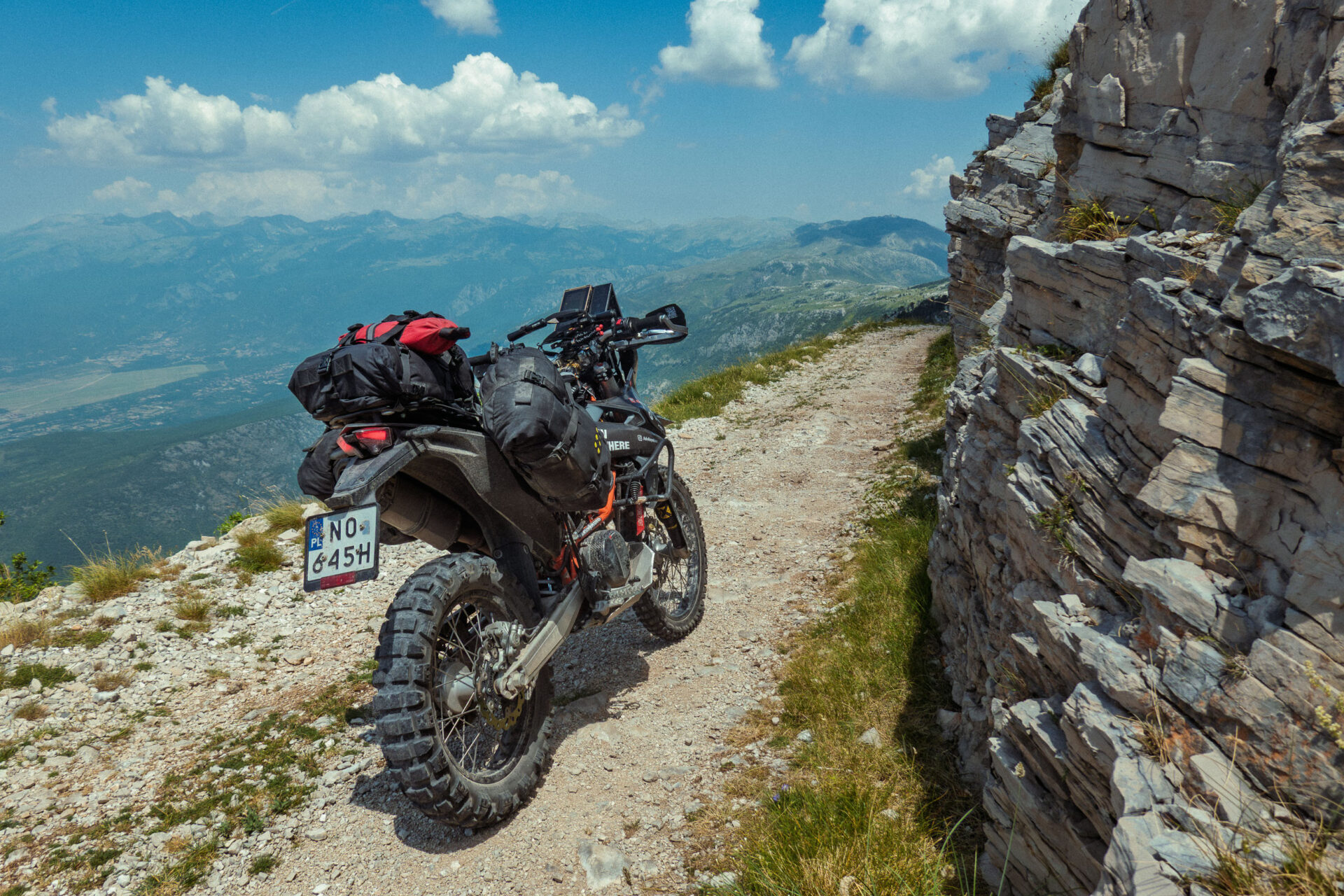
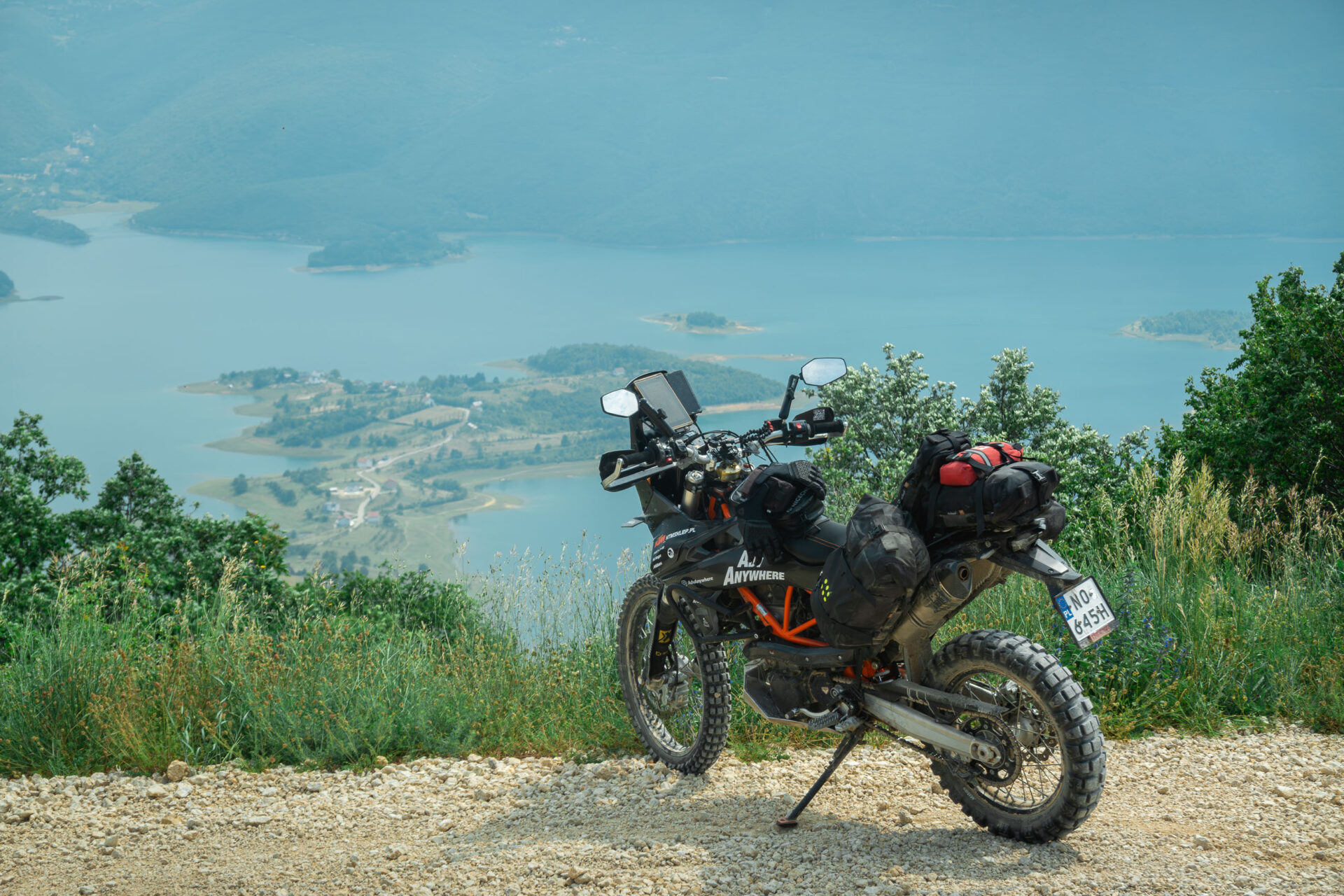
What are TwinPegs?
TwinPegs are additional footpegs mounted just behind the stock pegs. Simply put, you bolt special brackets with a second set of pegs at heel level. The original pegs stay in place, while TwinPegs add extra support points for your feet, creating a platform under the whole foot. This way, when standing, you can support both the front part of the foot (toes/ball) and the heel – almost like standing flat on solid ground.
What does this give you? Above all, much better weight distribution. With standard pegs, all the weight is on the ball of the foot, heavily loading calves and ankles. With TwinPegs, the load also shifts to the heels, relieving calves, knees, and ankles, while stronger thigh muscles – and even the skeleton when legs are straighter – take more of the work. In practice, it feels like standing on solid ground instead of balancing on your toes. Less muscle shaking, more stability.
It’s worth adding that TwinPegs are made of aircraft-grade aluminum and equipped with folding springs – they work like OEM pegs, folding back when hitting obstacles or in a crash. The springs are slightly softer than the stock ones, so when hitting rocks or during a fall, the rear pegs just fold up instead of bending or breaking. The manufacturer (a small Norwegian company) is confident enough to offer a lifetime warranty against breaking. The quality is obvious in your hands – this is no cheap plastic gadget, but a well-engineered motorcycle upgrade.
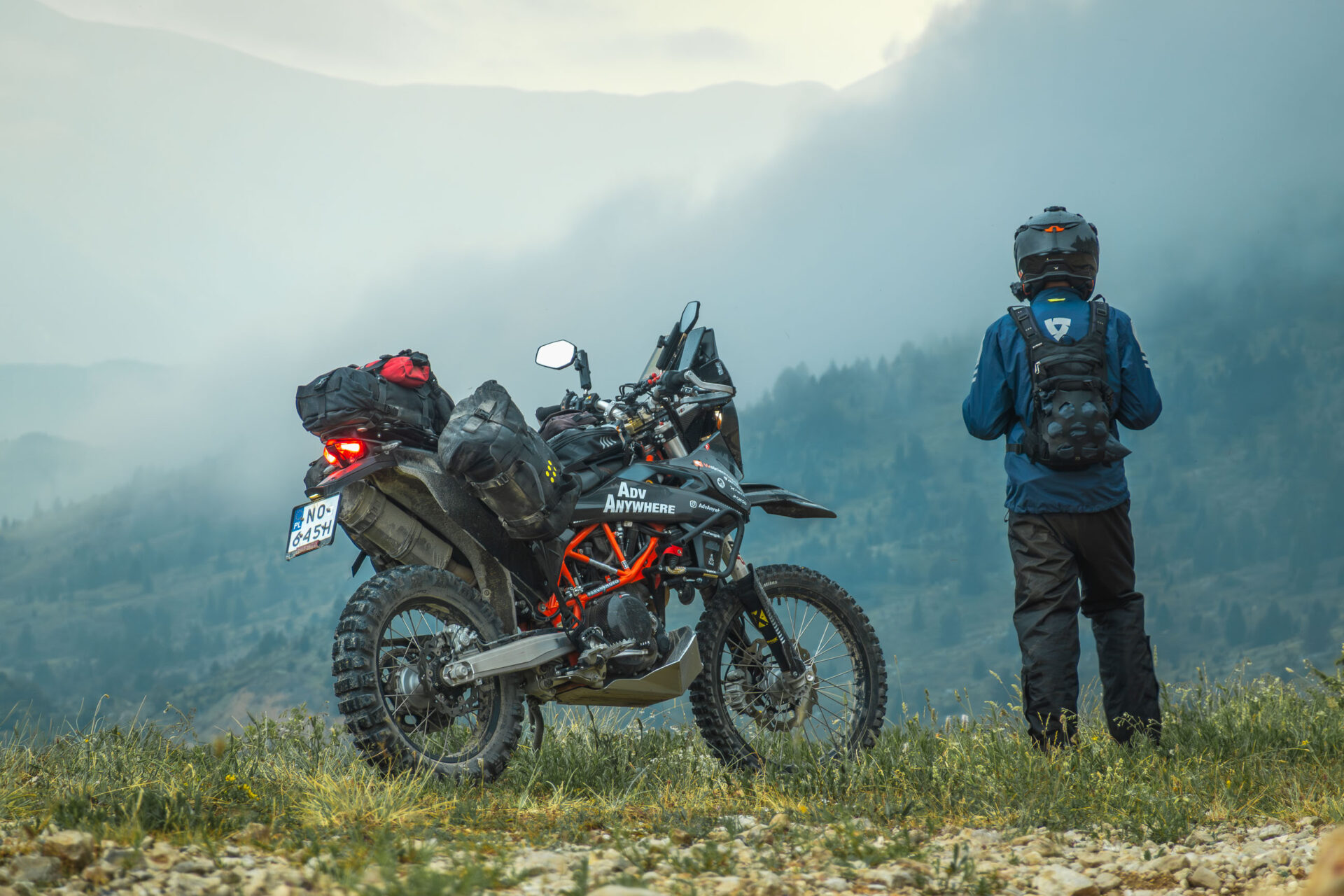
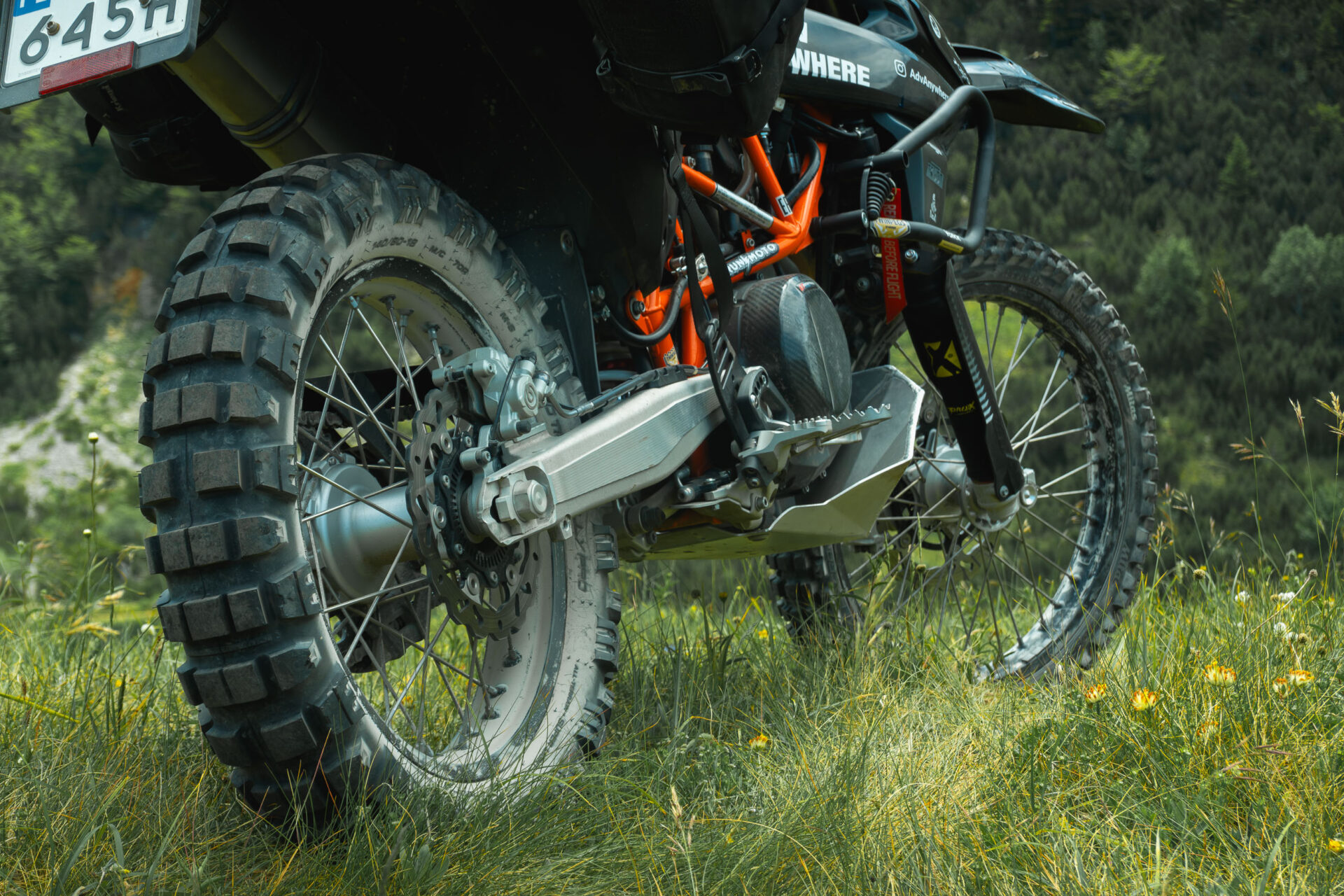
Installation and compatibility
Does it really take only 10 minutes to install? In my case – yes, it was that quick. The TwinPegs kit for the KTM 690 Enduro R includes two brackets bolted to the frame (using OEM mounting points – no drilling or mods) and two heel pegs. All bolts and parts are included; the instructions are simple. With just an Allen key, within 15 minutes, the bike was ready to ride.
If you use aftermarket accessories, check compatibility. On my KTM, I run Perun Moto side racks and the Kriega OS-Base luggage system. Luckily, TwinPegs thought of this – the kit included a spacer adapter for Perun racks, so everything fit perfectly with no interference. Straps can even be routed directly through the TwinPegs structure, which is handy as an extra mounting point.
I’ve heard that on some bikes, TwinPegs may conflict with center stands or other parts mounted near the pegs. On the 690, this isn’t an issue since there’s no stock center stand. It’s always worth checking the manufacturer’s website or contacting them directly – they respond quickly and help with compatibility questions.
Also, the weight of the kit is negligible. Around 1.2 kg mounted low on the frame – honestl,y I didn’t feel any difference. No loss of clearance, no interference – they blend discreetly into the bike’s outline.
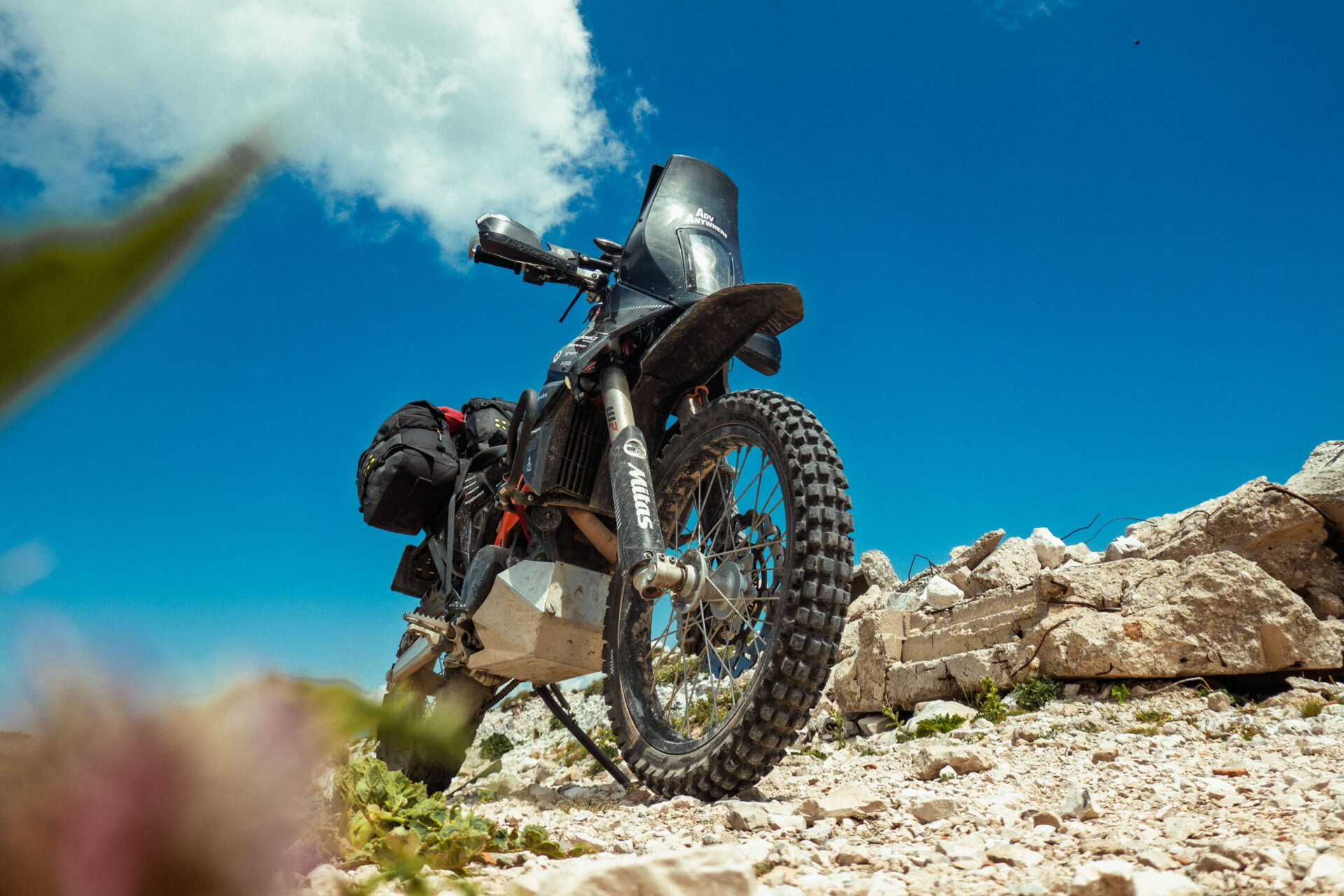
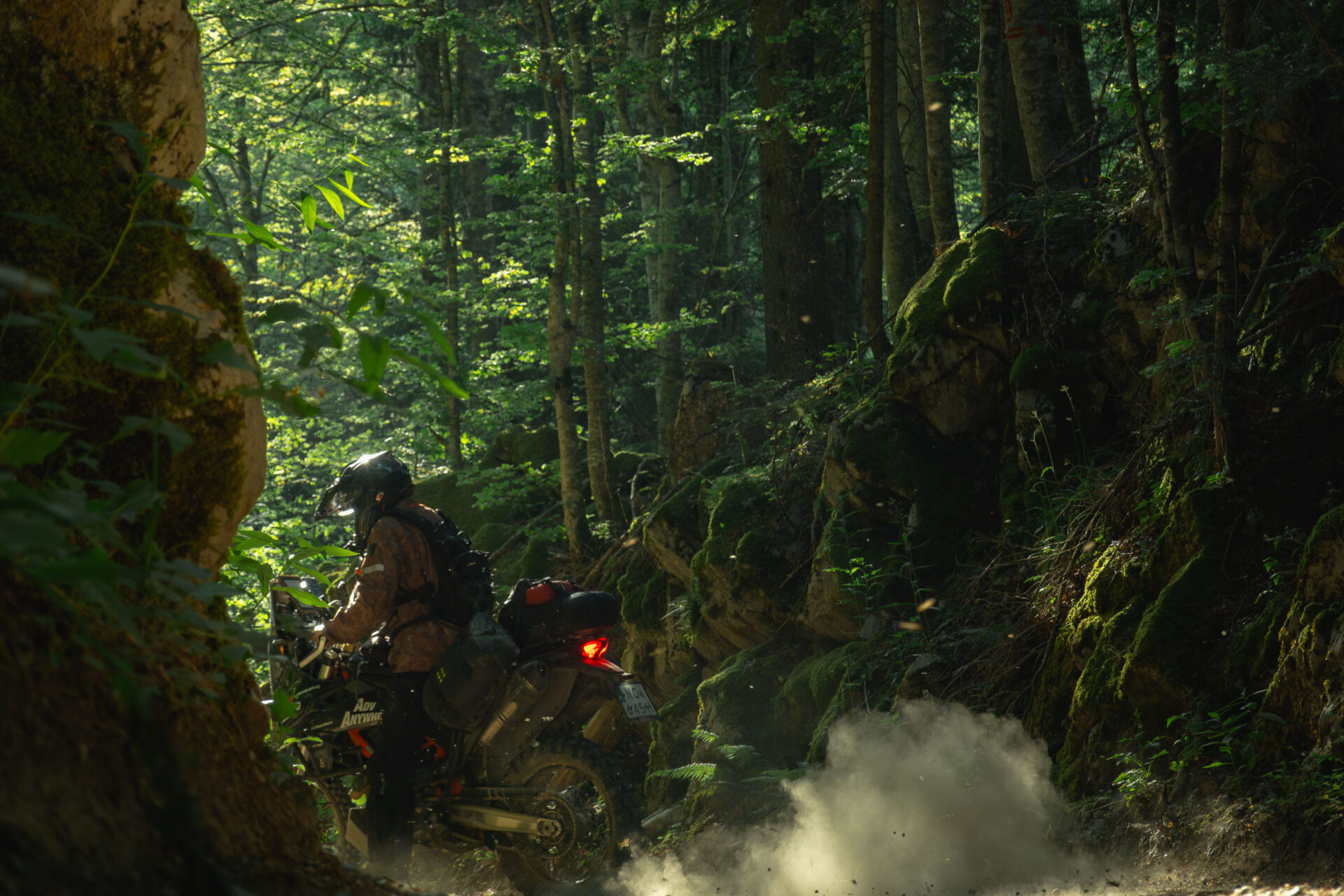
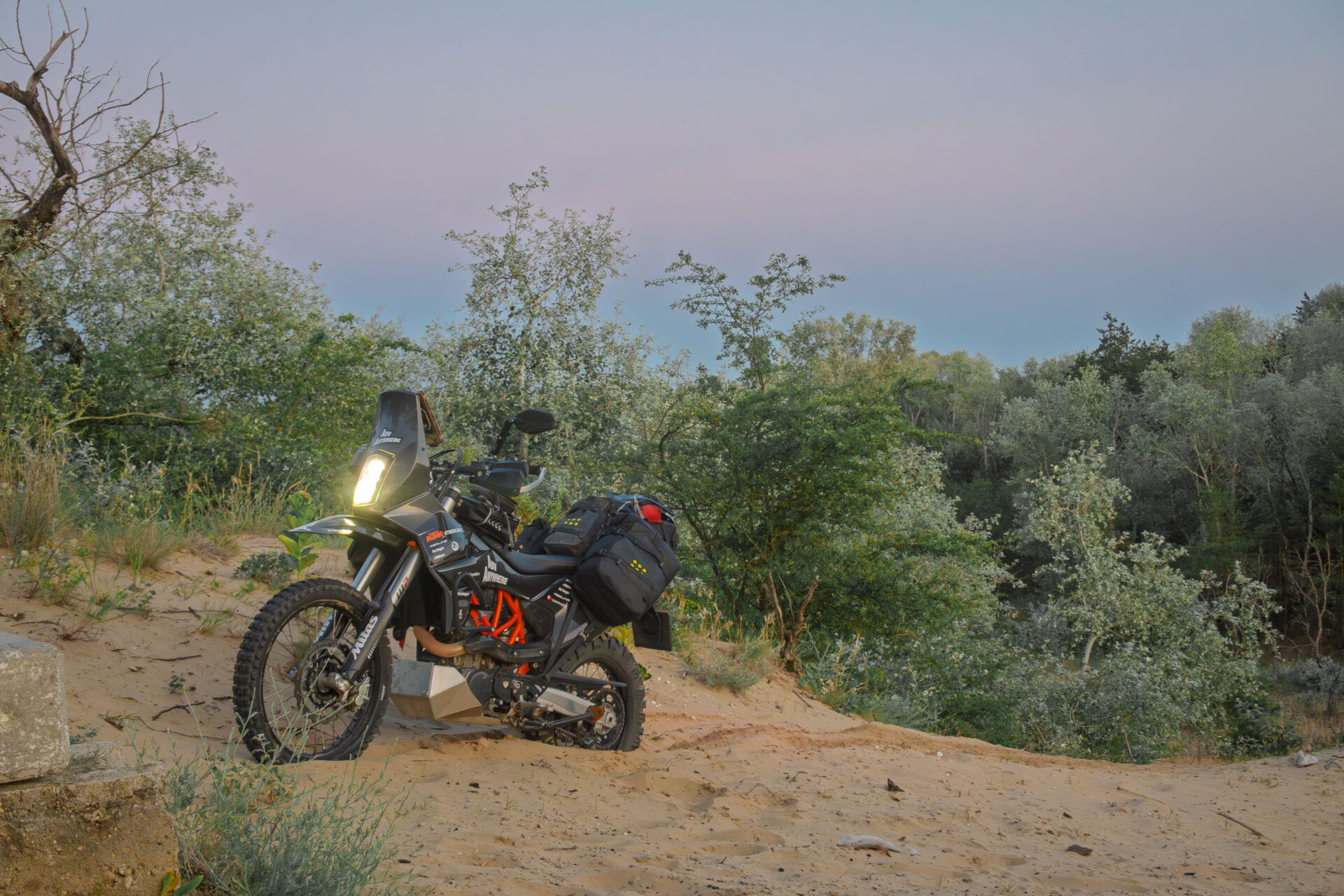
First ride impressions
I’ll admit, at first, I looked at TwinPegs as just a curiosity. Two sets of pegs instead of one – can it really make a difference? The first kilometers showed that it feels different. The bike handles differently, the standing position changes – suddenly I could rest my feet wider, more stable. I felt more secure standing, though I had to adapt my body balance a little.
The adaptation was quick. After around 100 km in the dirt, I stopped thinking about the extra pegs – it felt natural. Importantly, they don’t interfere while sitting – when sitting, my heels are above the extra pegs, and I never hit them switching between sitting and standing or putting a foot down.
I’d emphasize that it’s best to already have some experience riding standing on stock pegs before fitting TwinPegs. It’s not a requirement – beginners can use them too – but with experience, you truly appreciate the difference. If you know how to balance on regular pegs, you immediately feel how much easier it is to stay stable. If you later ride a bike without TwinPegs, you won’t “unlearn” standing technique – TwinPegs add skills without removing existing ones.
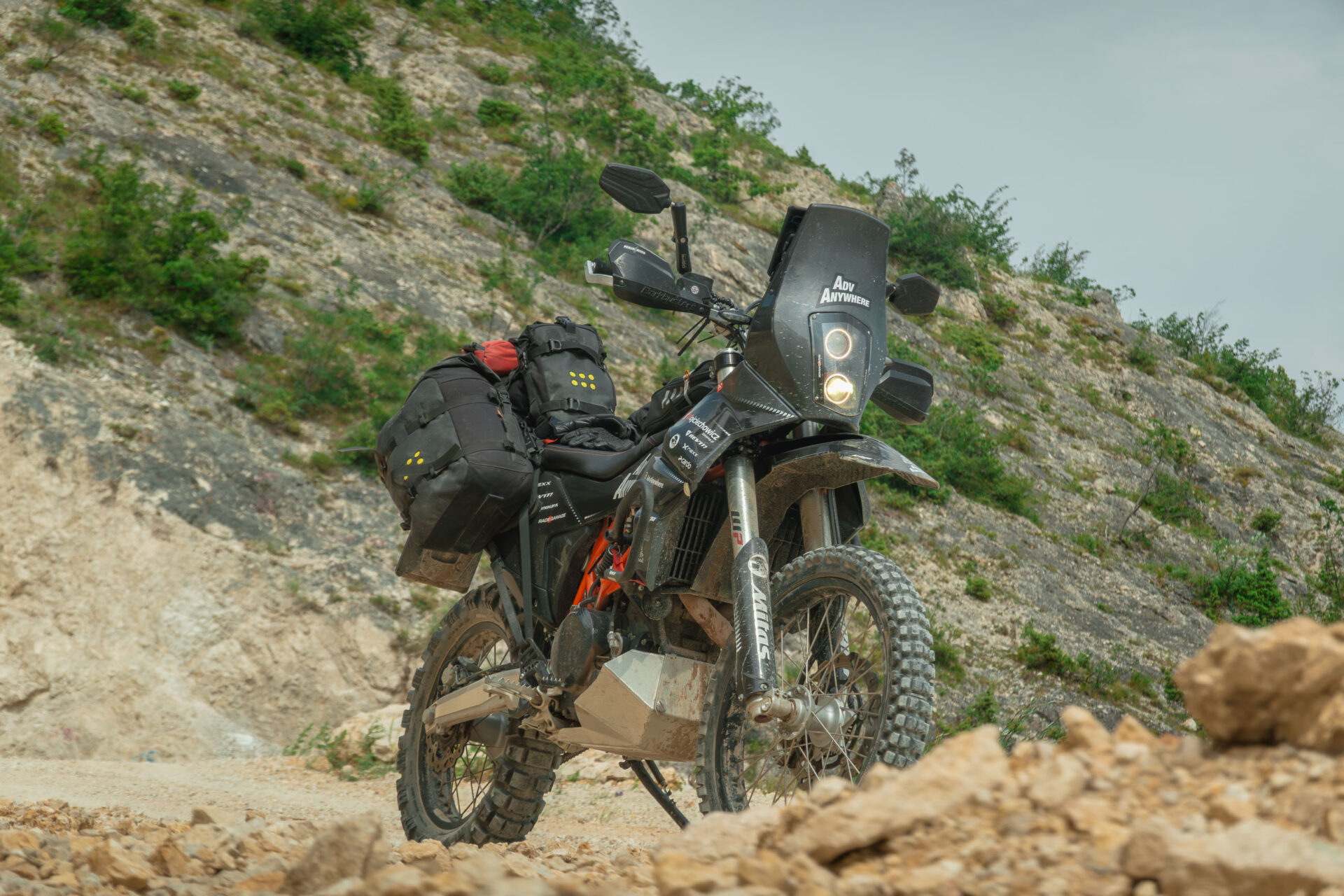
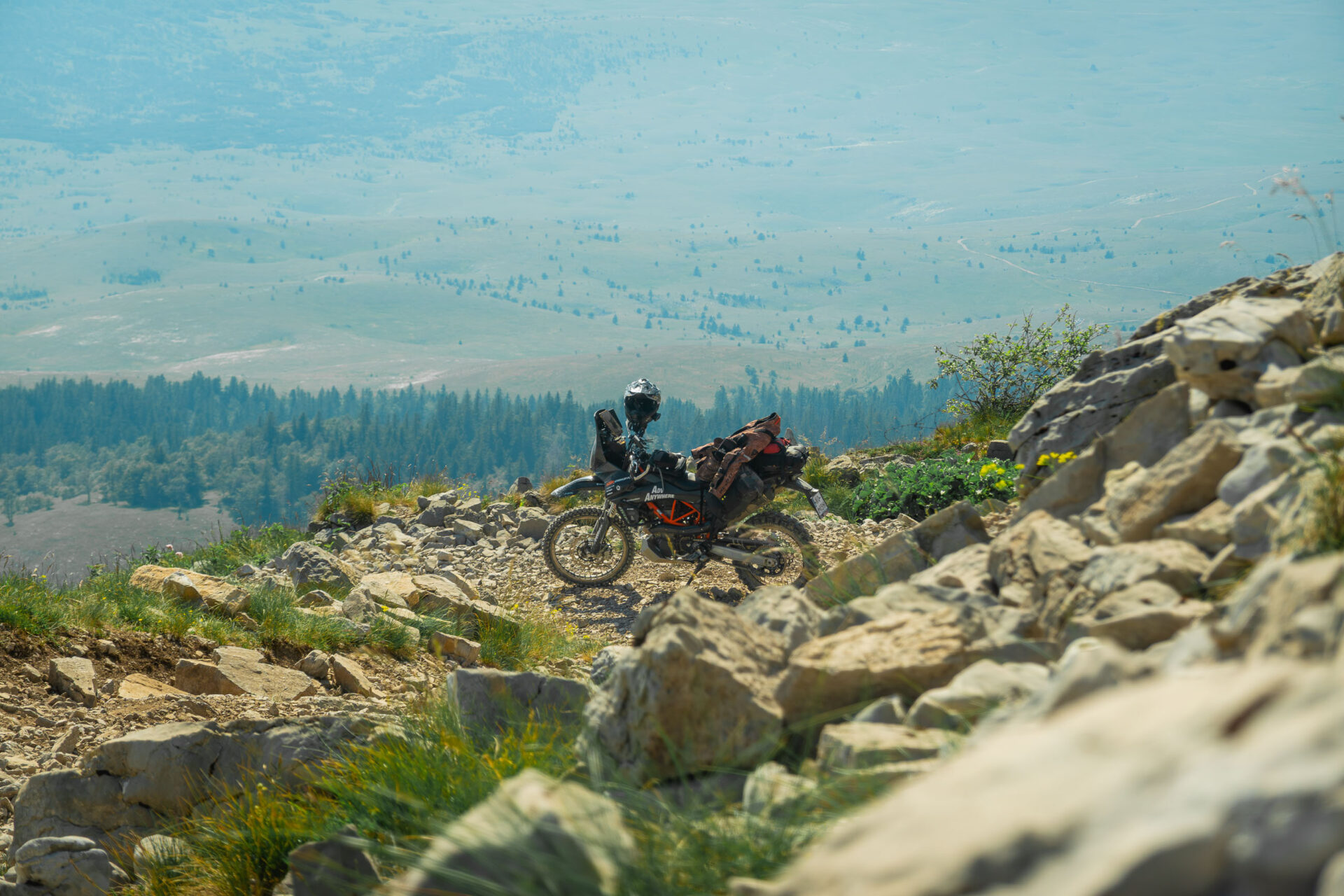
TwinPegs in practice – a true off-road “game changer”
So what does this mean in practice? After the first serious tests, I realized TwinPegs are not just a gimmick but a true off-road game changer. Here’s what I found over 10,000 km:
Less fatigue
The most noticeable effect is far less leg fatigue. Before, after several days of hard terrain, my calves were burning. With TwinPegs, it’s different – I can ride day after day in tough terrain and my legs don’t give up so quickly. I felt it especially on long marathons, like the mountain stages in Bosnia on the TET, where after a week of hours-long sections – often standing – I still had the strength to stand firmly on the pegs. Before TwinPegs, day six or seven meant fighting exhaustion. Now I extended that limit by several more days.
More stability and control
With heel support, I feel more stable on the bike than ever. Balancing is easier – I can react faster to rear wheel slides or sudden obstacles, standing solidly like on a foundation. On rocky climbs in Romania (ACT,) I noticed I can lean more forward or backward without losing foot grip. The whole foot “sticks” to the bike, making weight shifts easier. In practice, it means better steering control and less chance of feet slipping on bumps or roots.
More effective in sand and mud
If you ride sand, you know how important it is to weigh the rear wheel. Usually, we instinctively push our feet back, drop our heels, so the bike “sits” down and gains traction. With TwinPegs, you do it quicker and more securely. Just lean slightly back and your heels instantly find support – you can push down the rear without balancing on toes. The bike dives less at the front, and I stay balanced when accelerating on loose ground. Same in mud – pressing with heels makes it easier to dig in the rear wheel. I also stopped over-dropping my heels (a bad habit that risks ankle injury on impacts). TwinPegs protect my ankles indirectly by limiting uncontrolled heel drop.
Better body position
Surprisingly, TwinPegs forced me into a more correct riding posture – leaning forward. With heel support, I no longer drop heels too far, so my body shifts forward over the bars. As a result, I feel more “locked in”, gripping the tank with knees, arms less tired since they don’t hold all the body weight. This active stance gives better control, especially when riding fast over rough terrain – I can attack bumps knowing I’m stable.
No negative impact on technique
I worried TwinPegs might sometimes get in the way. For example, in sharp off-road turns at low speed, when sticking a leg out – would the extra peg catch my boot? Or make it harder to put a foot down quickly? I can confirm: it never happened. When I stick my leg out, it goes forward/sideways, not backwards, so the heel pegs stay clear. In tight switchbacks, the 690 behaves normally – I can dab with no issue. Even on steep downhills, sitting low, TwinPegs never interfered.
Summary of riding impressions
Off-road riding became easier and more enjoyable. Really. This isn’t a placebo or “expensive gadget, so it must work”. With TwinPegs, you feel the difference exactly where legs usually take the biggest hit. I can ride all day in tough terrain, and in the evening, I don’t feel like my legs are filled with concrete. The next morning, I get up and can jump back on the bike without sore muscles.

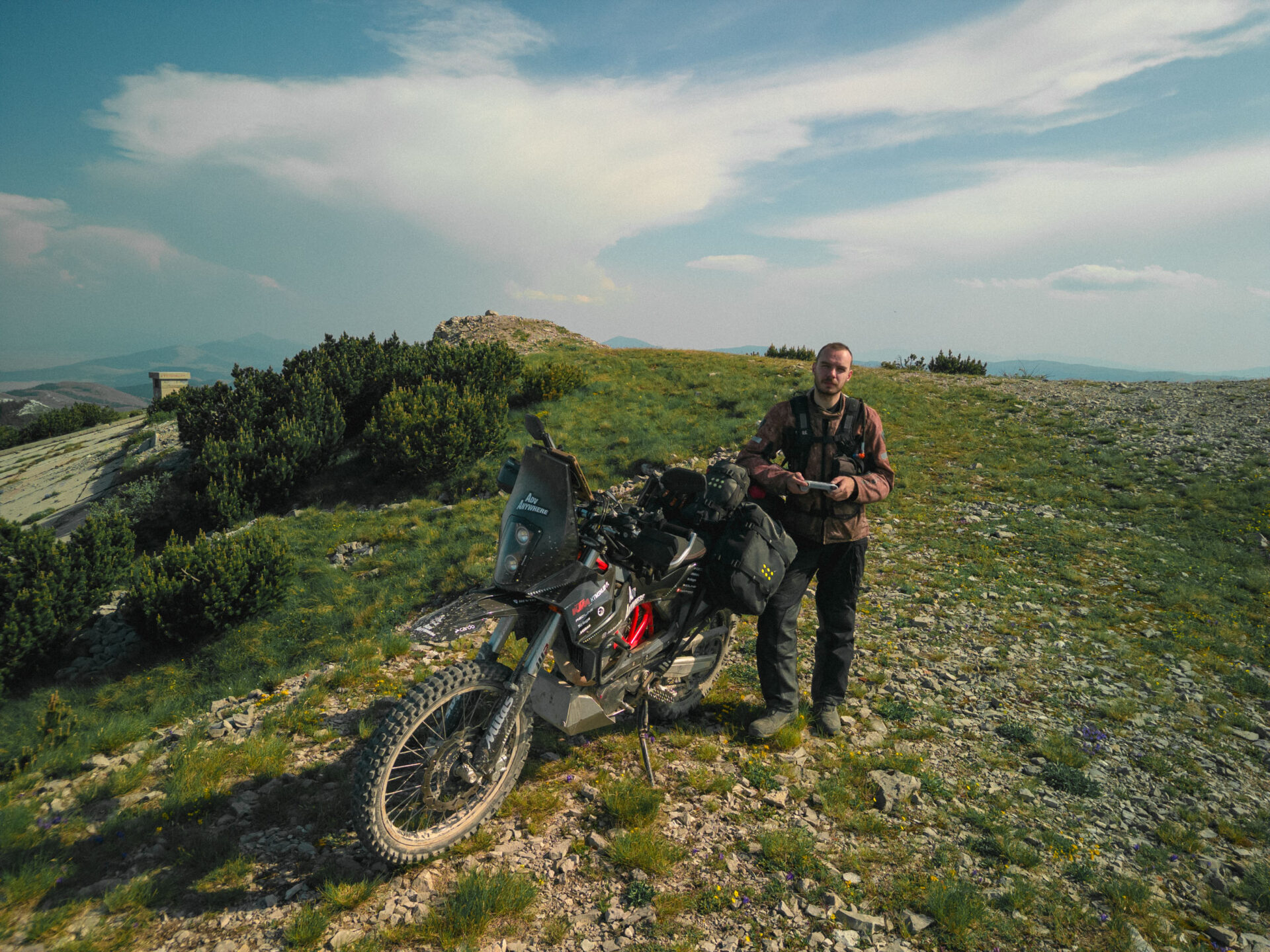
Drawbacks and notes
It’s worth asking if TwinPegs have downsides, since so far I’ve praised them. Honestly? After 10,000 km, I found no serious flaws. Just a few points to note:
- Price: TwinPegs aren’t cheap – around 3160 NOK (~1300–1400 PLN / €120–130) per set. Add shipping from Norway and possible import fees. I received mine smoothly with no customs issues. Is it worth it? If you only ride light trails occasionally, probably not. But for someone riding weeks of off-road standing (like me on expeditions), TwinPegs are worth the money. Comfort and safety are a real gain. I managed to arrange a 5% discount for my readers. It’s not much, but TwinPegs rarely offers discounts, so you won’t find a better deal than with code advanywhere.
- Adaptation: As mentioned, you need time to adapt. The first kilometers feel odd – like switching to a different bike. Don’t get discouraged. After a few dozen kilometers, it feels natural. For some, the downside may be changing foot placement habits. But in my view, it changes for the better – toward correct technique.
- Not universal between bikes: TwinPegs are bike-specific kits. If you ride multiple bikes, you can’t just swap them between machines. You’d need a kit for each model. Not a problem for me – most of my heavy off-road is on the 690 – but worth knowing. If you change bikes, your old TwinPegs might not fit, and you’ll need a new kit (though I think used TwinPegs would resell easily; demand is high).
Again, I found no technical or safety issues. Nothing loosened (I used Loctite on bolts just in case). No negative impact on handling – on the contrary, all positives. The only real downsides are price and model-specific design.

5% discount!
Promo code: advanywhere.
Exclusive for my readers – 5% off everything. Stock up and save on all adventure accessories!
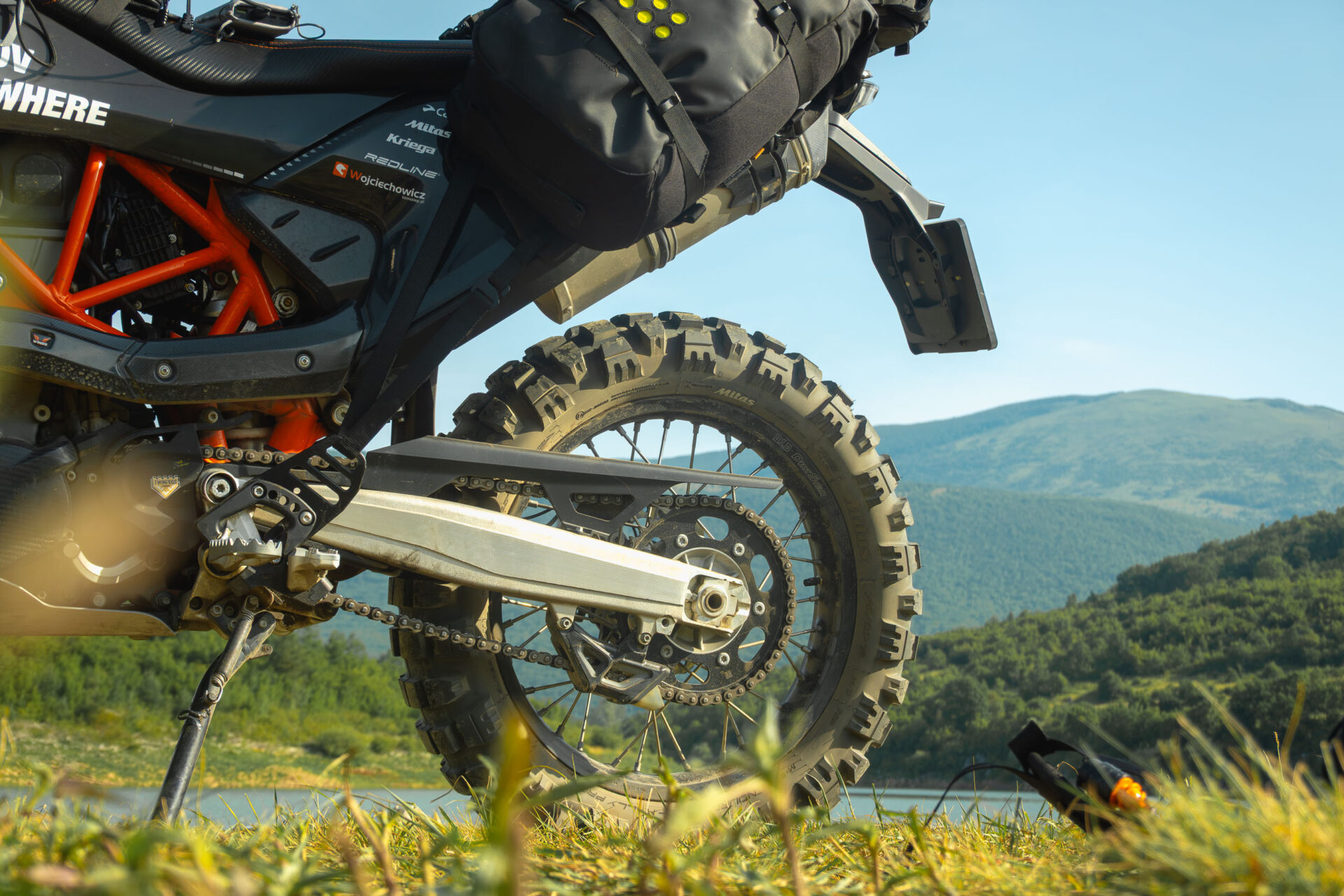
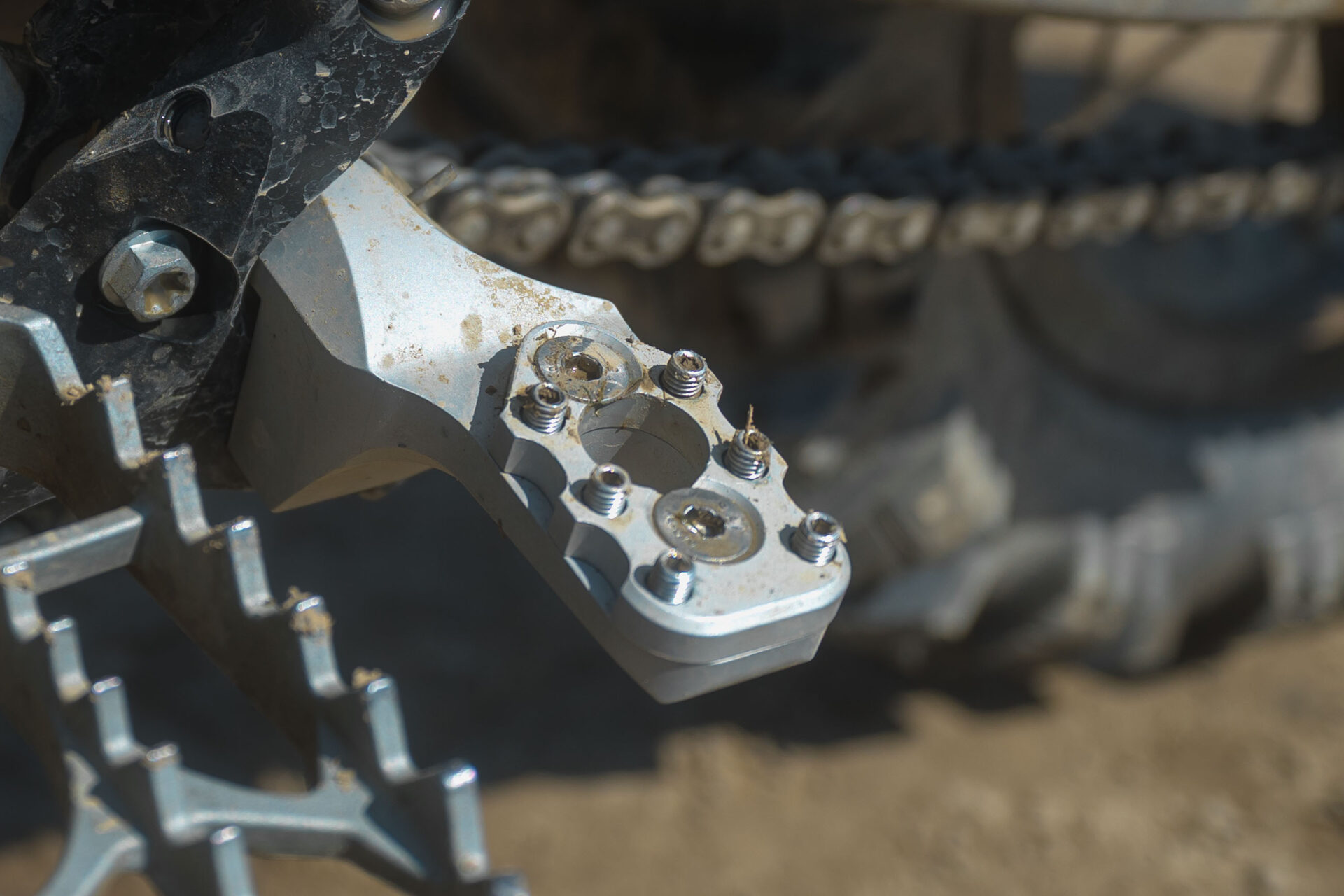
Conclusion
TwinPegs are an ergonomic innovation that truly improves comfort and control in off-road riding. For me they deliver 100% – thanks to the extra pegs, I can ride longer without leg pain and keep better control in tough terrain. After 10,000 km of rocky climbs, mud, and sand, I can’t imagine going back to stock pegs. TwinPegs became an integral part of my KTM 690 and one of the best upgrades I’ve ever made.
Are TwinPegs for everyone? If you ride adventure/off-road and spend long hours standing – absolutely yes, you should try them. It’s like riding long-travel suspension once – after that, stock feels limiting. Same here – once you feel the stability, regular pegs seem “not enough”. If someone only rides occasional gravel, maybe they won’t feel the difference and might not justify the cost. But for off-road enthusiasts, TwinPegs are a game changer that lets you ride longer, safer, and with more fun.
I highly recommend them. Not a cheap mod, but worth every cent if you take off-road seriously. If I ever change bikes, TwinPegs will be one of the first things I add – I’ve gotten so used to them and value their effect that much.
At the end of the day, it’s about enjoying the ride without being limited by pain or fatigue. TwinPegs help me do just that – making the phrase “ride longer, ride further” very real. If you get a chance, try them – you might discover a whole new level of comfort off-road. 🚵♂️💨

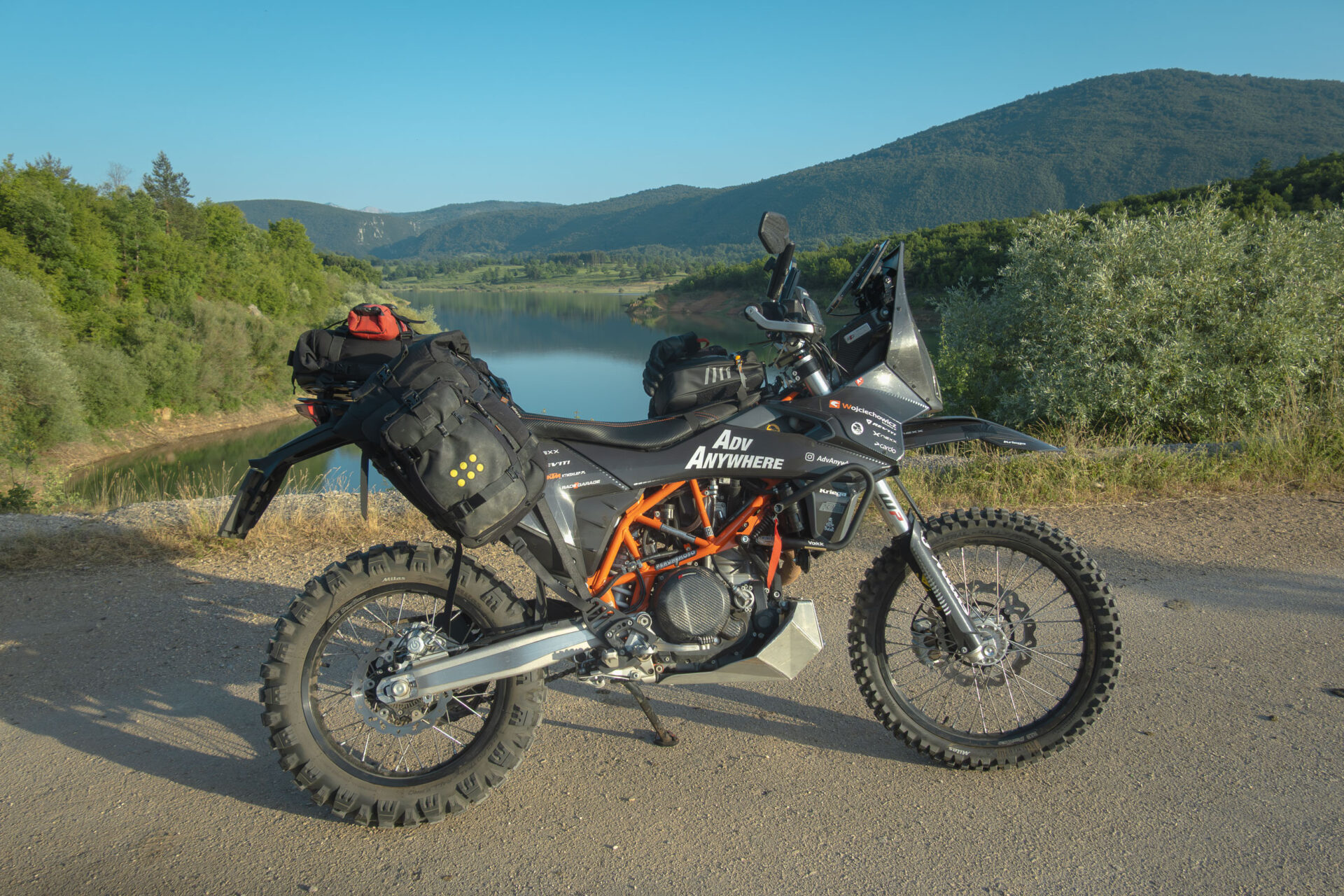
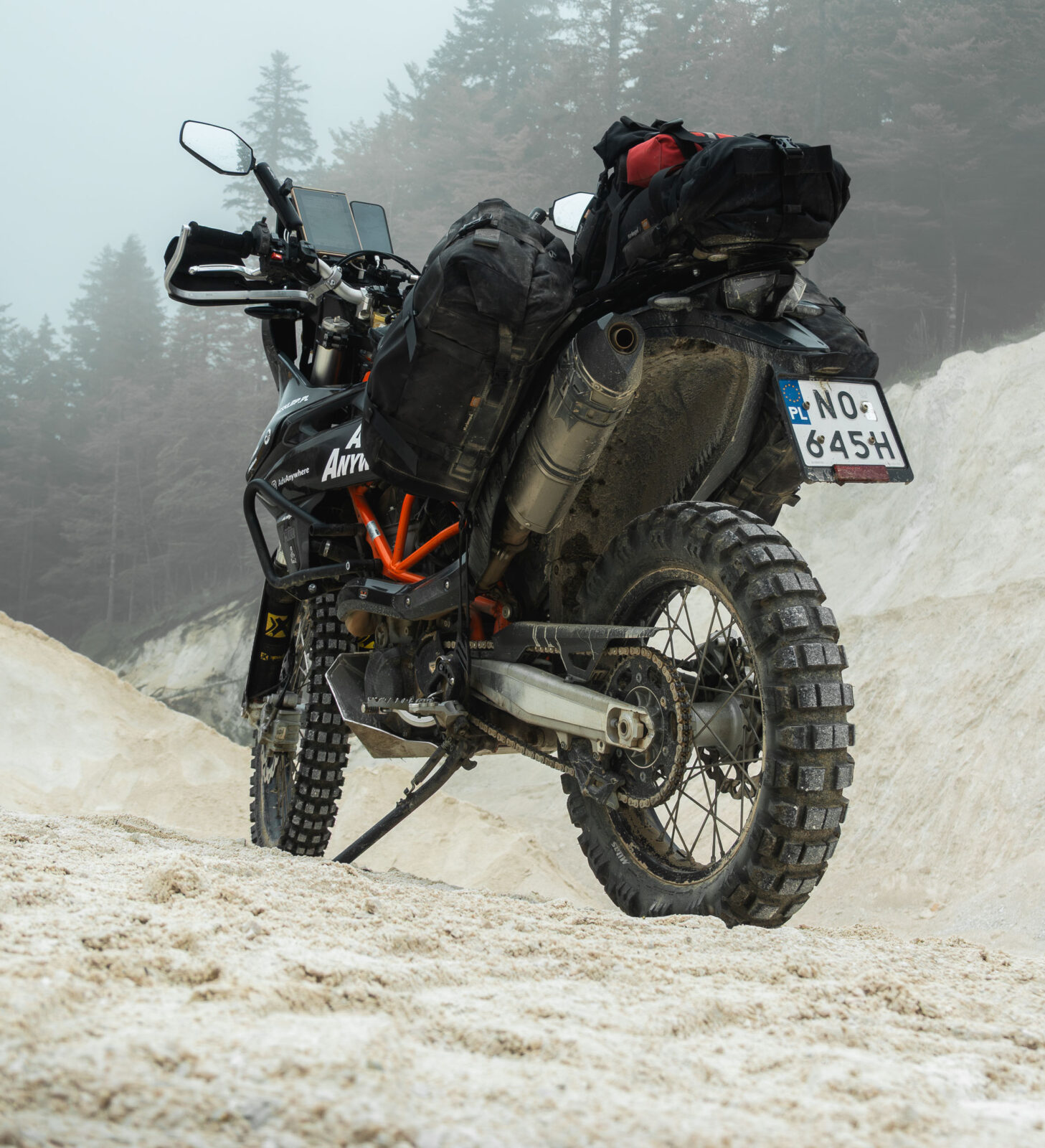
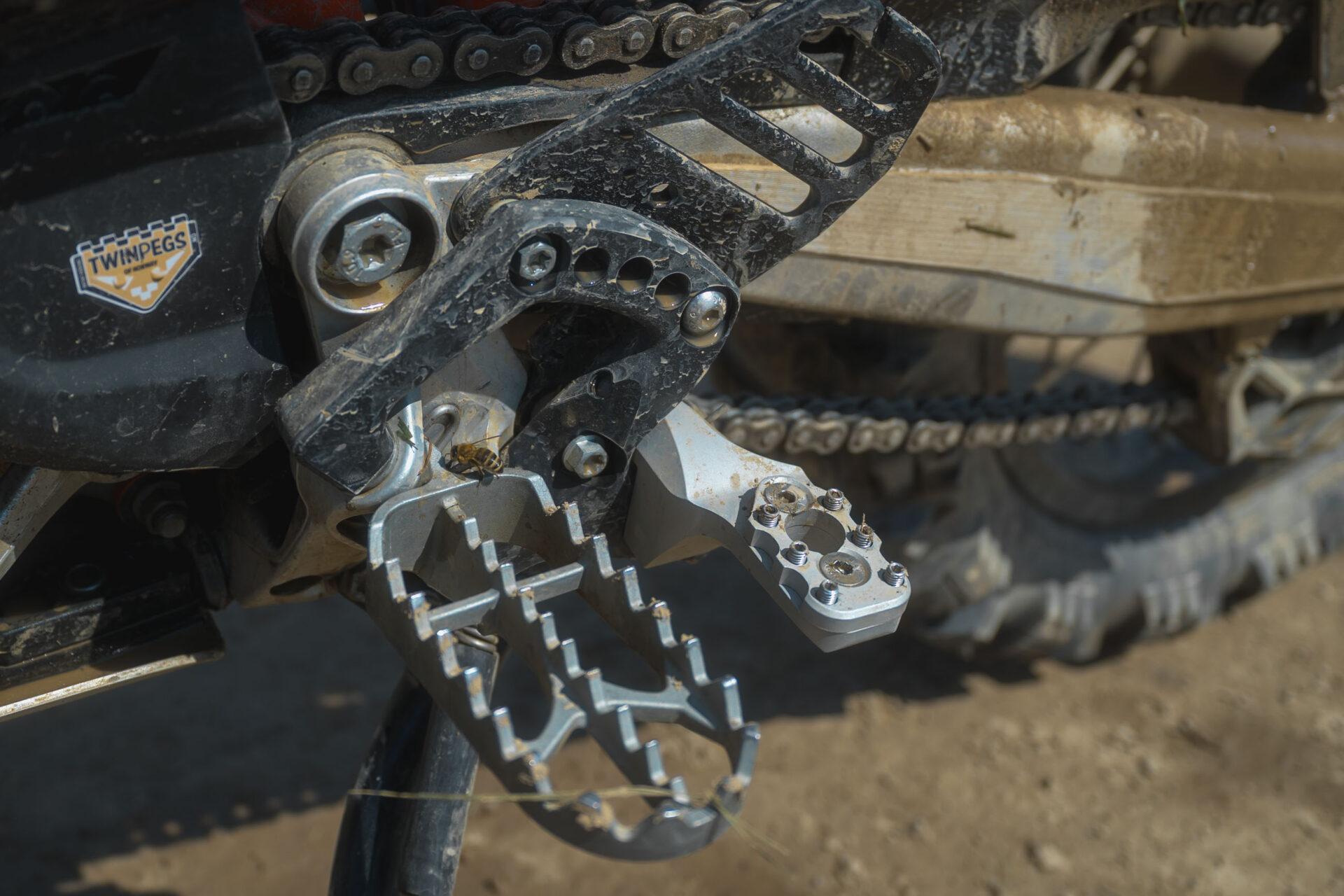
 Facebook
Facebook Instagram
Instagram Youtube
Youtube








